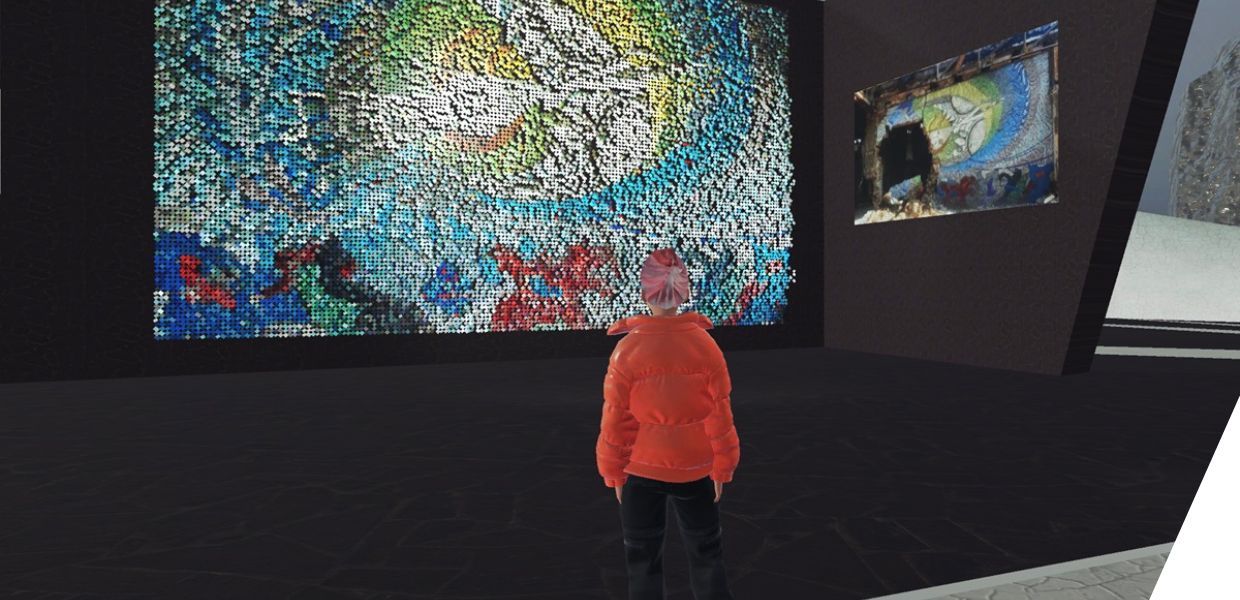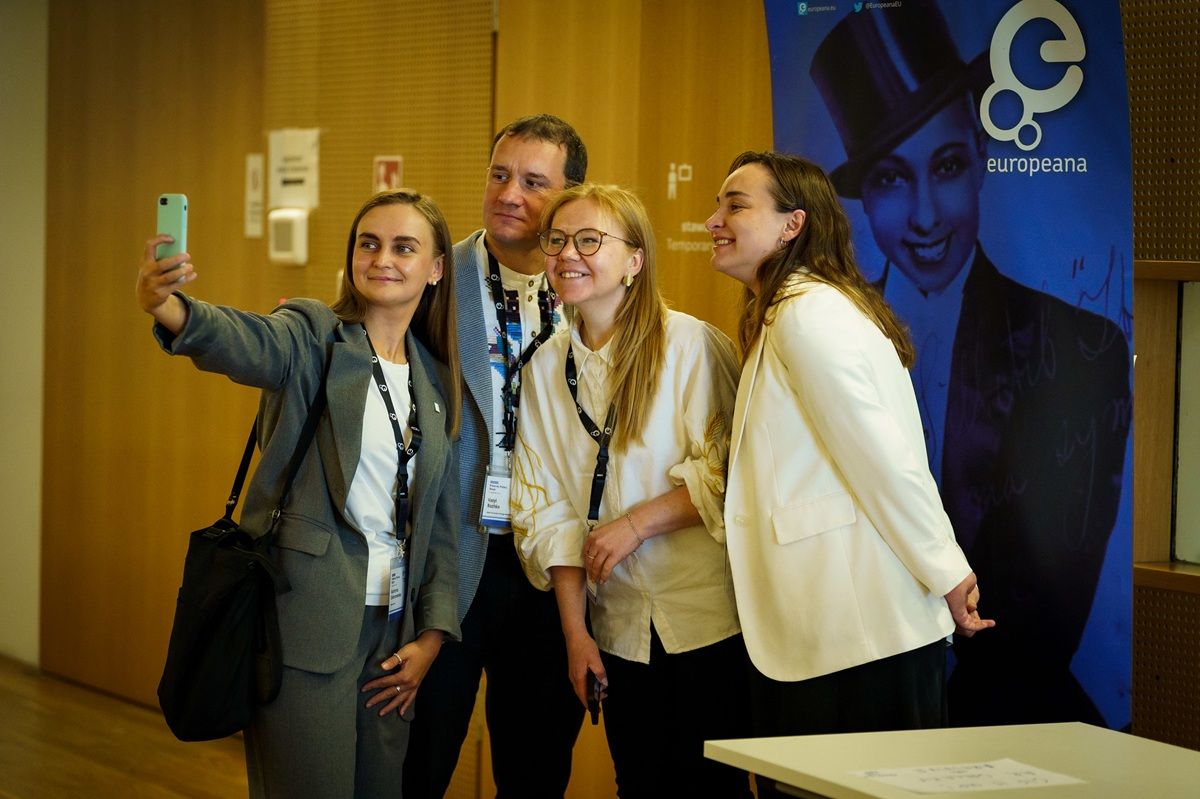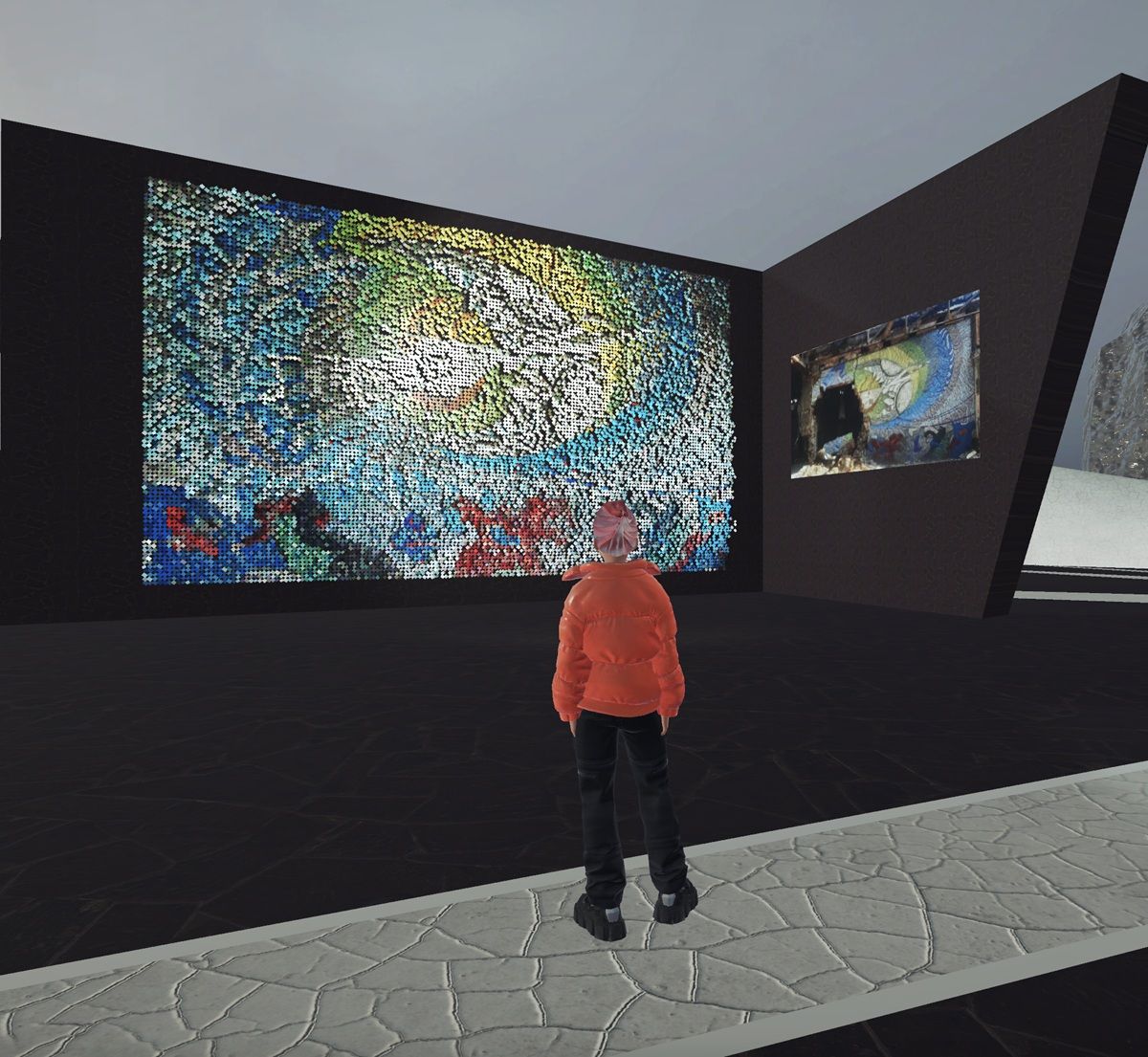From Mariupol to Mykolaiv — and into the metaverse
The idea for the initiative emerged during a volunteer trip to Mykolaiv of the Museum’s Art Director, Olena Zenchenko, and Les Yakymchuk, Creative Lead at linza agency. As they travelled across Ukraine, they reflected on how creatives might respond to cultural devastation — and how emerging technologies like the metaverse could serve as platforms for memory and resistance. Soon after, Iryna Shostak joined the initiative, proposing that the Museum go beyond storytelling and become a platform for advocacy. She initiated the creation of an ecosystem of partners around the Museum and now focuses on impact production in the fight for future justice.
New research and a forthcoming digital exhibition
The Museum of Stolen Art is currently conducting a major research project with support from the Heinrich Böll Foundation. Its aim is to document Ukraine’s cultural heritage losses resulting from the ongoing war.
In collaboration with Ukrainian art historians, museum professionals, legal scholars and cultural heritage experts, the team is identifying and cataloguing looted, destroyed or displaced objects. This research will result in a digital catalogue, which will feed into the Museum’s next digital exhibition, expected later this year.
What’s next?
The team behind the Museum of Stolen Art continues to expand its infrastructure, grow its network, and advocate for restitution mechanisms together with their partners. Over the past year, they have been in exchange with key actors and participated in key fora - from the European Heritage Hub Dialogues online, the third European Heritage Hub Forum in Montenegro, and Europeana 2025 in Warsaw. As Ukraine’s war continues, this initiative offers an inspiring example of how digital tools and civil society can work together to protect cultural memory and push for future restitution.
Get involved
The Museum of Stolen Art is open to collaboration. Cultural professionals, researchers, and institutions are invited to connect with the team, explore the project, or contribute to future exhibitions. For more information, visit the website or contact the museum by email: museumofstolenart.ua@gmail.com




